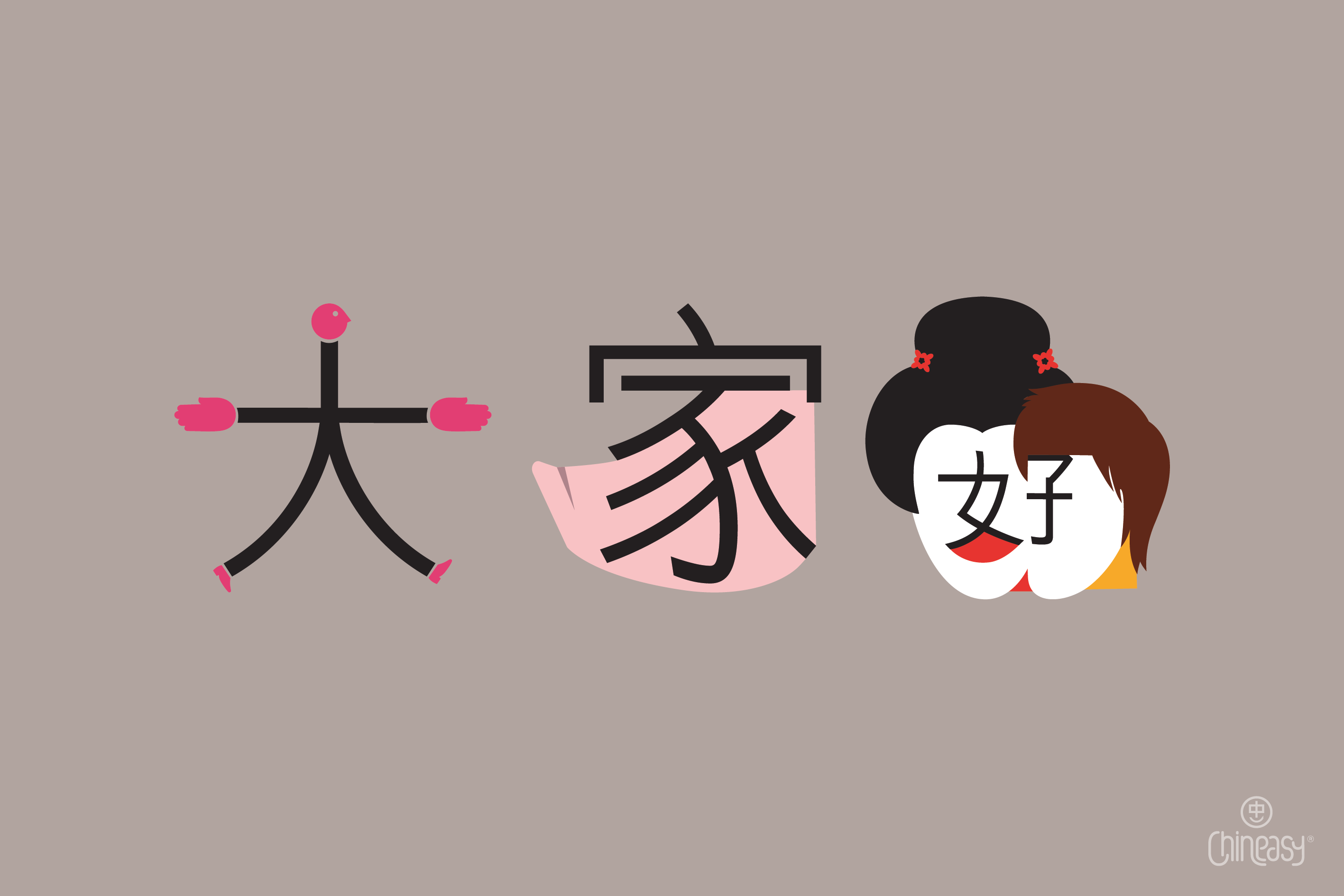As World Gin Day approaches, it’s essential to celebrate responsibly and prioritize everyone’s safety.
While raising a glass of your favorite spirits, why not embark on a cultural and linguistic journey by exploring the Chinese translations for five popular types of liquor?
In this blog post, we’ll dive into the Chinese names for gin, whiskey, brandy, vodka and tequila. Join us as we sip the flavours of these spirits and expand our knowledge along the way.
Gin 琴酒

Let’s kick off with the beloved classic, gin, also known as “mother’s milk” or “mother’s ruin.”
In Chinese, gin is commonly referred to as 琴酒 (qín jiǔ). The character 琴 (qín) phonetically resembles the sound “gin,” while 酒 (jiǔ) translates to “alcohol” or “wine.”
Another Chinese translation for “gin” is 杜松子酒 (dù sōng zǐ jiǔ). 杜松子 (dù sōng zǐ) represents “juniper berry,” the primary ingredient that defines gin.
This delightful spirit is often paired with tonic water, making it a staple in classic cocktails like the martini.
Whiskey 威士忌
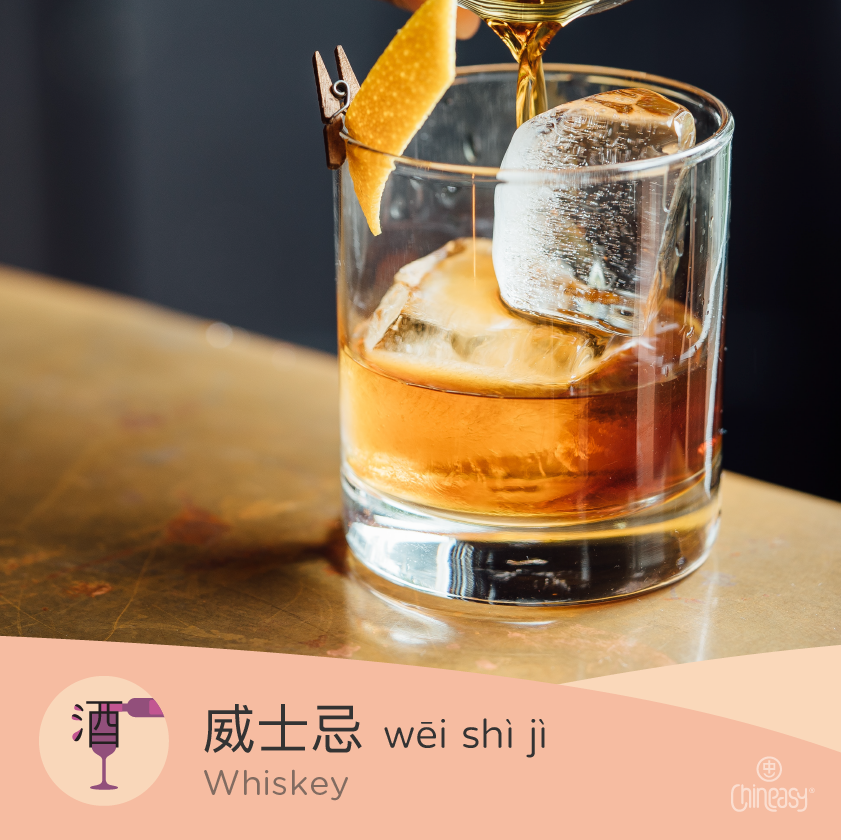
The Chinese word for “whiskey” is 威士忌 (wēi shì jì), which closely resembles the sound of its English counterpart.
This distilled alcoholic beverage has a growing market in China, particularly in bustling cities like Shanghai (上海), Beijing (北京), and Xi’an (西安).
As the Chinese market for whiskey continues to expand, more varieties and brands are being introduced to cater to consumers’ evolving tastes.
Brandy 白蘭地/白兰地
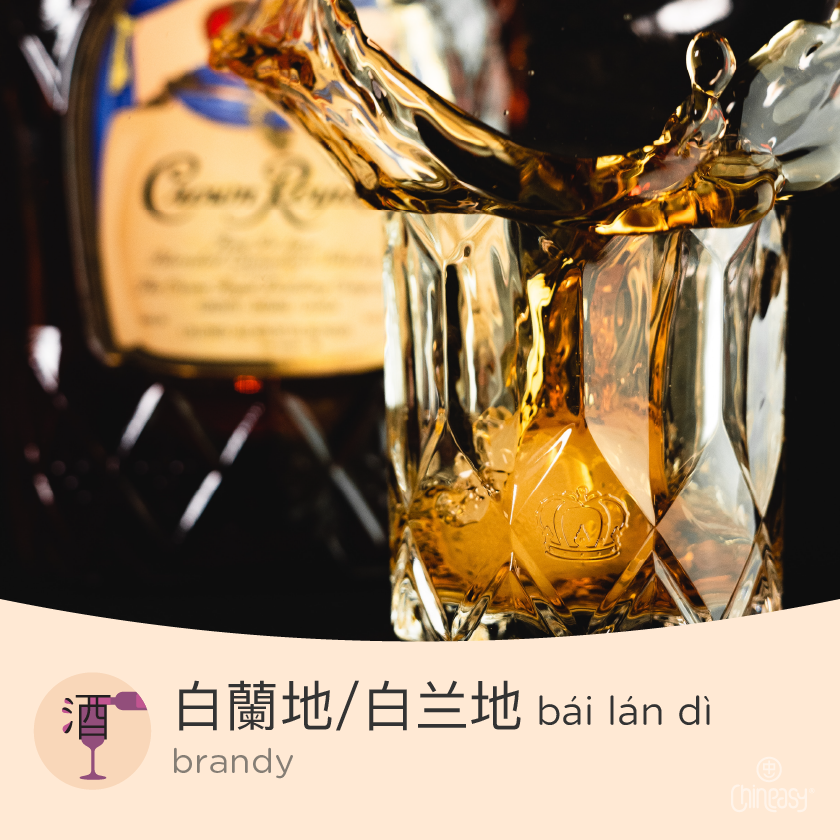
Brandy, known as 白蘭地/白兰地 (bái lán dì) in Chinese, is a loanword derived from the English term “brandy.” Let’s delve into this intriguing Chinese term.
The first character, 白 (bái), meaning “white,” represents the initial “b” sound in “brandy.” The second character 蘭/兰 (lán), which translates to “orchid,” corresponds to the “ran” sound. Lastly, 地 (dì), meaning “ground,” captures the final “dy” sound in “brandy.”
When combined, these characters form the word 白蘭地/白兰地, representing “brandy” in Chinese.
Unlike white or red wines, brandy can be crafted from various fruits such as apples, apricots, plums, pears, and cherries. To create the best brandy, distillers must carefully select fruits at the peak of ripeness.
This attention to detail and craftsmanship results in the exquisite flavors found in each sip of brandy.
As you swirl the aromatic liquid in your glass, take a moment to appreciate the artistry behind its creation. Impress your friends with your newfound knowledge and raise a glass with a confident “乾杯/干杯” (gān bēi; cheers) when toasting with brandy!
Vodka 伏特加
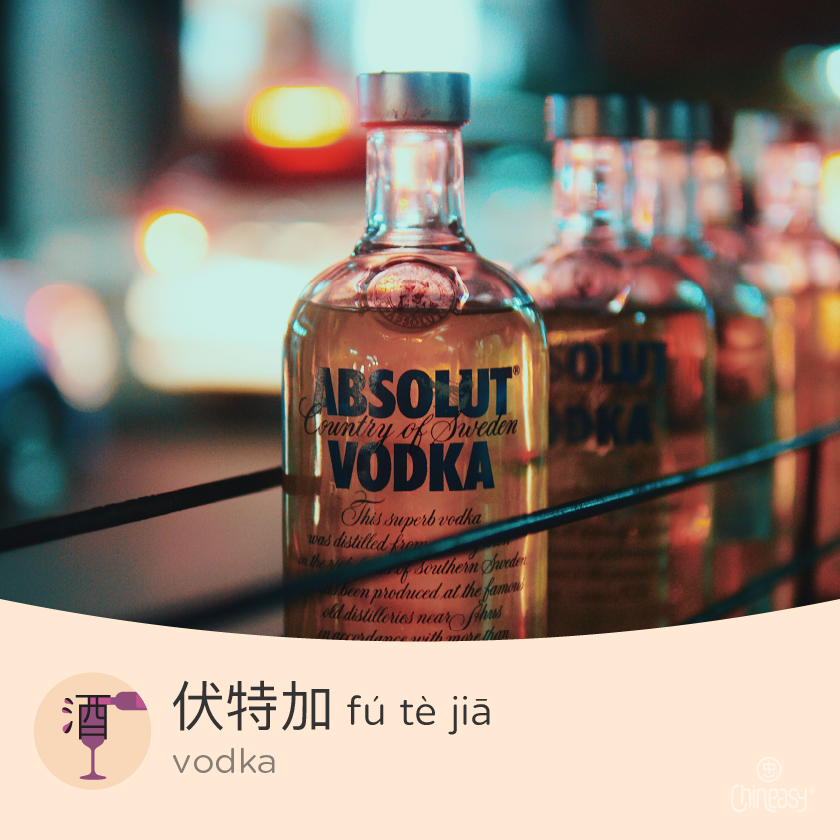
Vodka, renowned for its neutral character with no distinct aroma, color, or taste, is a highly popular spirit used as a base for numerous cocktails.
In Chinese, vodka is referred to as 伏特加 (fú tè jiā). The literal translation of 伏特加 (fú tè jiā) as “crouch special plus” may not immediately make sense because it is a loanword derived from the English term “vodka.”
Loanwords often retain their original sound while adopting Chinese characters, resulting in literal translations that may not have a direct correlation to their meaning.
Traditionally known as the “water of life” (生命之水; shēng mìng zhī shuǐ) and typically consumed neat, vodka has evolved to be enjoyed in various cocktails and mixed drinks. Its neutral nature allows other flavors to shine, making it a favorite choice among cocktail enthusiasts.
Tequila 龍舌蘭/龙舌兰
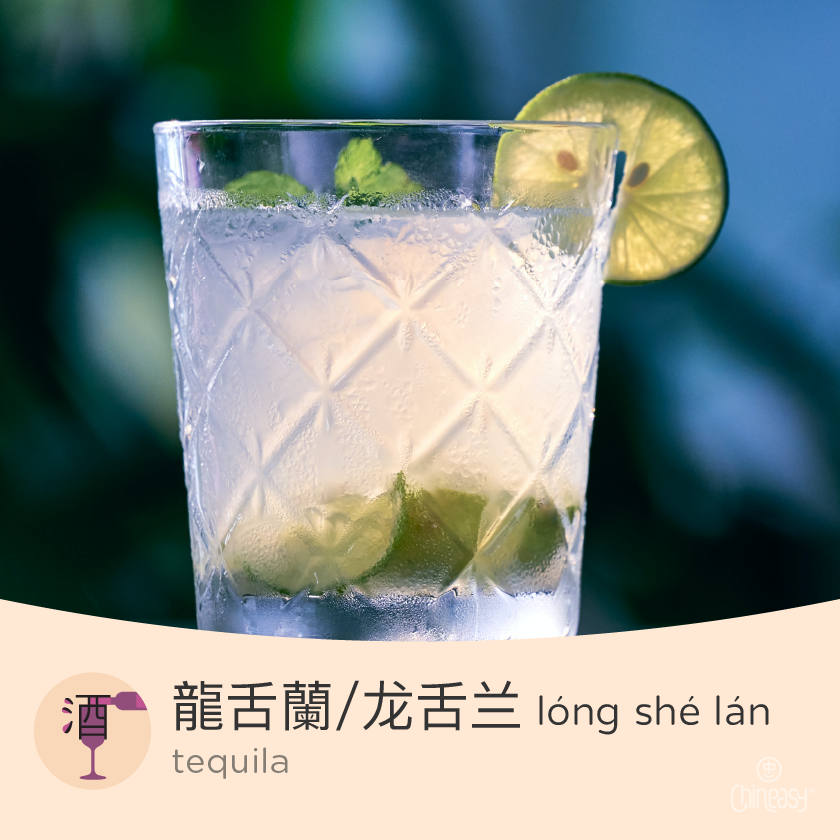
For those who appreciate the unique taste of tequila, it’s fascinating to discover that it is called 龍舌蘭/龙舌兰 (lóng shé lán) in Chinese.
Its Chinese term literally translates to “dragon tongue orchid,” evoking imagery of vibrancy and liveliness that is often associated with tequila!
Tequila, crafted from the blue agave plant, has a rich cultural heritage deeply rooted in Mexican traditions.
Its distinct flavor profile and versatility have made it a beloved spirit enjoyed worldwide. So, let the Chinese name 龍舌蘭/龙舌兰 (lóng shé lán) remind you of the spirited and lively nature of this beloved drink.
In conclusion, we have explored the Chinese translations of the five popular spirits. As we delve into the exciting world of these beverages and their linguistic counterparts, we must always remember to drink responsibly and be aware of our limits. Enjoying alcohol should be done in moderation, prioritizing everyone’s safety and well-being.
By understanding the cultural and linguistic aspects of different spirits, we add an extra layer of enjoyment to our drinking experiences.
Cheers to a world of flavors and languages!

